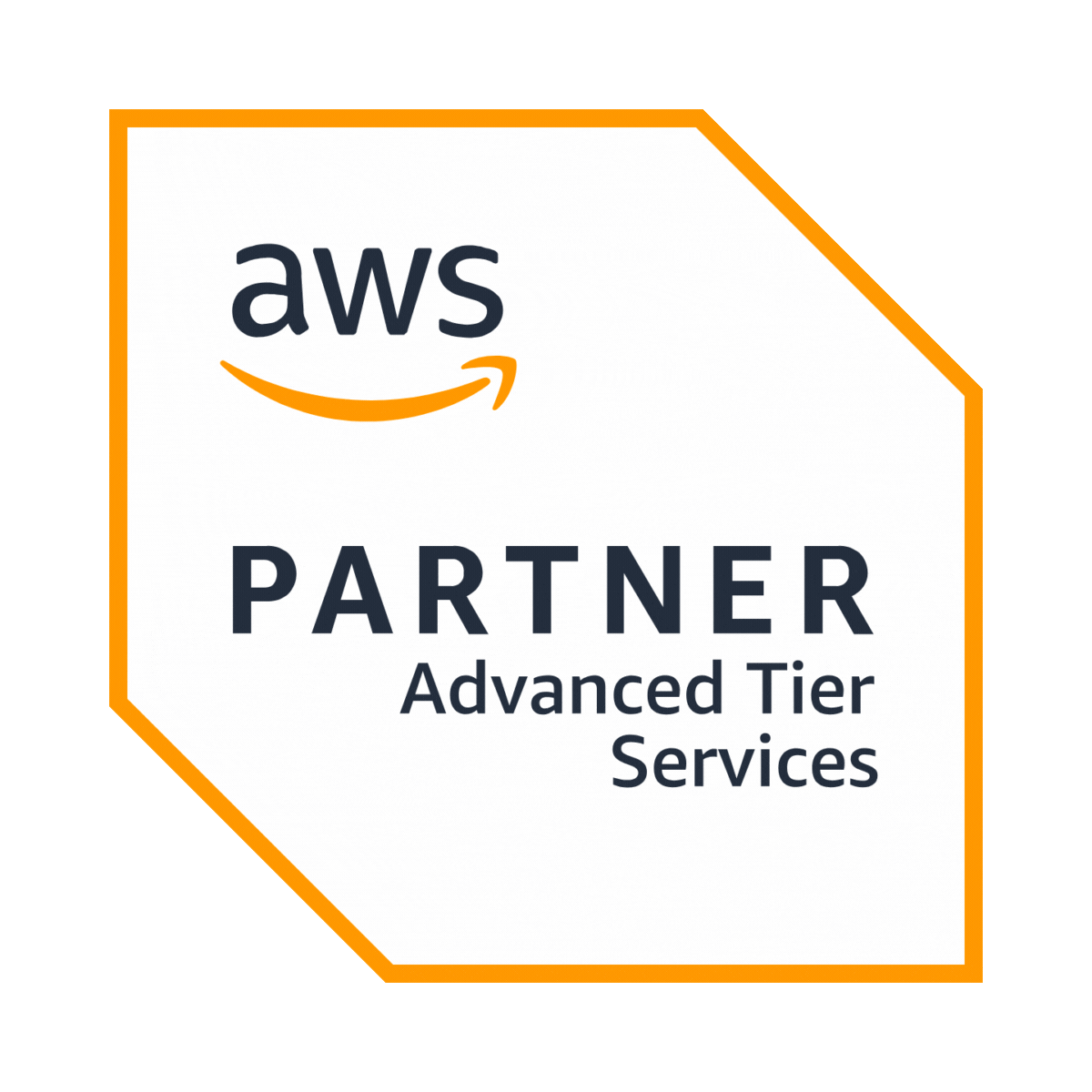Understanding the complexities of cloud infrastructure can be a tiresome task. Whether you're a startup or a large enterprise, understanding how to utilize cloud services efficiently is crucial for optimizing performance and managing costs effectively. This is where the Well-Architected Framework by AWS is beneficial.
Customers and partners can use this framework as a standard method to assess their existing architectures. Here we delve into the six fundamental pillars of the AWS Well-Architected Framework, providing a comprehensive guide to mastering these principles.
1. Operational Excellence
Operational excellence is about understanding and managing your systems to deliver business value and continually improve processes and procedures. Key practices include:
- Operations as Code: Manage and automate operations tasks using code.
- Annotations: Document your workloads so that individuals know what's happening without requiring deeper investigation into your AWS resources.
- Frequent, Small, Reversible Changes: Implement changes in small increments that can be reversed if they fail, reducing the impact of failures.
For AWS users, tools like AWS Config and AWS OpsWorks automate manual processes, helping you manage your operations more effectively.
2. Security
Security is a paramount pillar within the AWS Framework, focusing on protecting information and systems. Key strategies include:
- Identity and Access Management (IAM): Use AWS IAM to assign roles and manage permissions to minimize the risk of unauthorized access.
- Traceability: Monitor, alert, and audit actions and changes to your environment in real-time using services like AWS CloudTrail.
- Data Protection: Encrypt your data, both at rest and in transit, to ensure your information remains secure.
Applying these practices helps maintain the integrity and confidentiality of your data, which is vital in today’s digital age.
3. Reliability
Reliability in the AWS framework means ensuring a workload performs its intended function correctly and consistently under all expected conditions. Here’s how you can achieve it:
- Setup Recovery Objectives: Clearly define and test how quickly your application can be restored after downtime.
- Handle Change in Automation: Use AWS services such as AWS Elastic Beanstalk and AWS Lambda for automatic scaling and management.
- Monitoring: Utilize AWS CloudWatch to monitor the health of your resources and applications.
Such measures guarantee that your systems remain operational and resilient, even when unexpected issues arise.
4. Performance Efficiency
Performance efficiency strives to match system requirements and use computing resources as efficiently as possible to maintain efficiency as demand and technology change.
- Selection: Based on the demands of the task, select the appropriate resource types and sizes.
- Review: Continuously review your choices to adapt to changes in technology.
- Monitoring and Scaling: Make use of AWS Auto Scaling and Amazon CloudFront to scale resources efficiently and improve latency.
By optimizing for performance, you can ensure that your systems are not only stable but are also cost-effective and responsive to user demands.
5. Cost Optimization
Cost optimization focuses on avoiding unnecessary costs. Key aspects include
- Expenditure Awareness: Understand where money is spent in your AWS environment.
- Cost-Effective Resources: Identify the most cost-effective resource configurations and scale to meet business needs without overspending.
- Managing Demand and Supplying Resources: Use AWS Budgets to set custom cost and usage budgets for your projects.
Implementing these practices will help you reduce cost, waste, and complexity in your operations.
6. Sustainability
A relatively newer pillar, sustainability aims to minimize the environmental impacts of running cloud-based operations. This includes:
- Resource Efficiency: Optimize the selection and use of resources to reduce energy consumption.
- Serverless Architectures: Implement serverless services like AWS Lambda to reduce the carbon footprint.
- Disposal: Properly dispose of decommissioned hardware.
AWS is committed to building a sustainable business for its customers and the planet, and by following these practices, companies can contribute to this goal.
Do you know who pays for WAFR?
AWS provides funding to partners for conducting Well-Architected Reviews. This initiative supports partners in identifying and addressing critical issues in their clients' AWS workloads. The funding aims to enhance the overall architecture by focusing on the five pillars: operational excellence, security, reliability, performance efficiency, and cost optimization. This financial support helps partners deliver improved, cost-efficient, and secure AWS environments for their clients for whom this service is at zero cost.
Being an AWS Advanced Tier Partner, we offer the AWS Well-Architected Framework Review service and guide our clients about the funding program. Through this, we ensure that our clients' AWS environments are optimized for performance, security, and cost efficiency. This support helps clients enhance their overall architecture and achieve better outcomes on AWS.
How to Implement these Principles
Implementing the AWS Well-Architected Framework involves:
- Conducting reviews regularly to align with the framework’s best practices.
- Utilizing AWS Well-Architected Tool which provides a mechanism to review and improve your cloud-based architectures.
- Engaging with AWS professionals who can provide deep AWS knowledge and hands-on experience to help you build secure, high-performing, resilient, and efficient infrastructure.
The Final Thoughts
Mastering the AWS Well-Architected Framework’s pillars is essential for any organization aiming to optimize its AWS environment. It not only supports better performance, enhanced security, and greater reliability but also ensures cost efficiency and sustainability. By understanding and implementing these principles, organizations can truly leverage AWS's capabilities to build robust and scalable applications.
Embracing these pillars can transform your approach to cloud architecture, from simple operational optimizations to a strategic asset driving business value. Remember, the cloud journey is continual, and staying aligned with these pillars will prepare you for the future, whatever it may hold.
You can also find us on AWS Marketplace!















